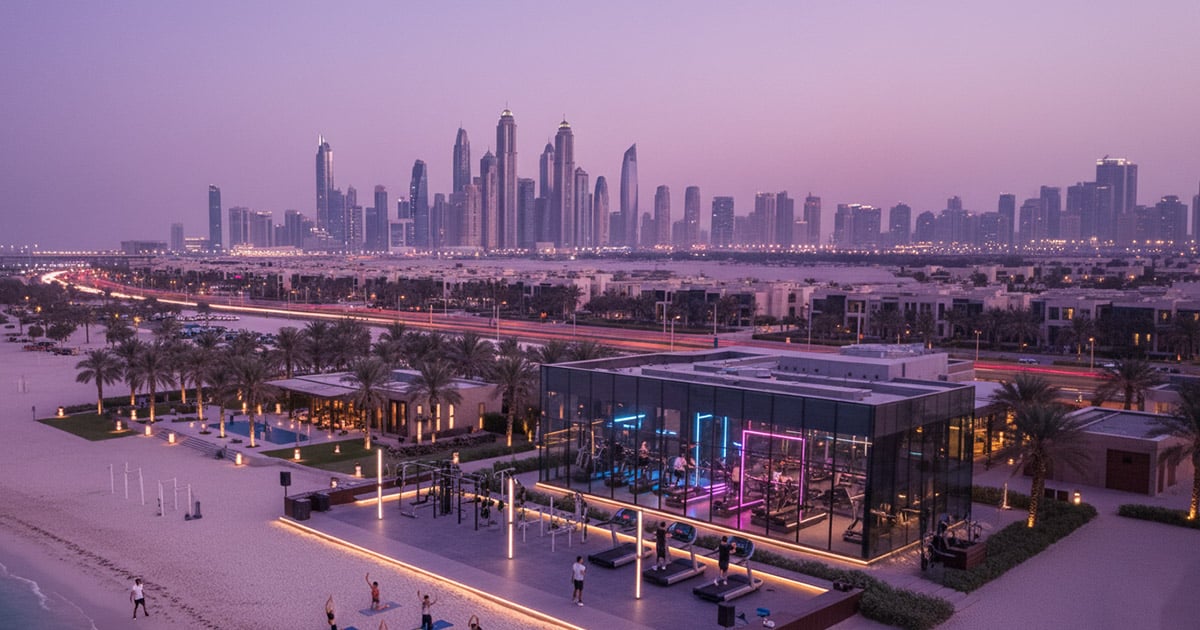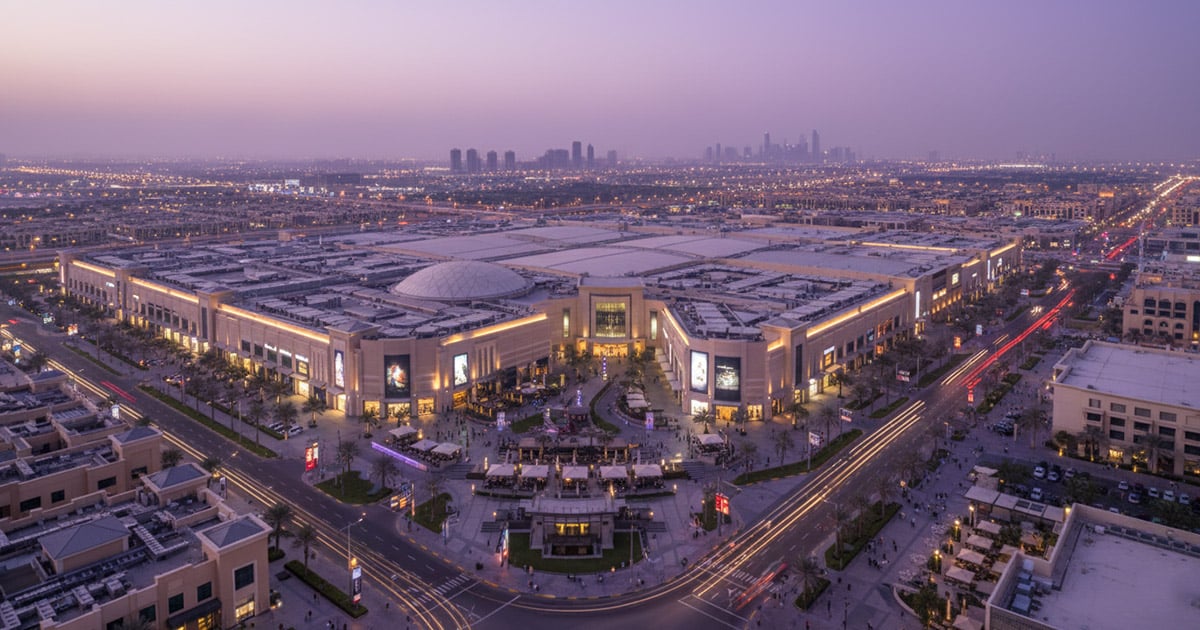The hospitality industry is on the brink of a technological revolution, with Virtual Reality (VR) and augmented reality reader (AR) leading the charge. These cutting-edge technologies are set to redefine how guests experience hotels and travel, providing immersive, interactive, and highly personalized stays. While full integration is still on the horizon, the potential of VR and augmented reality reader in the hospitality sector is already evident.
Virtual Reality: Immersive Previews and Experiences
1. Virtual Tours
One of the most promising applications of augmented reality reader in hospitality is the virtual tour. Potential guests can explore hotel rooms, amenities, and even local attractions from the comfort of their own homes. By donning a VR headset or using augmented reality reader -enabled app, travelers can walk through the hotel lobby, check out the spa, and view different room types in 360 degrees. This immersive experience helps guests make informed booking decisions, reducing uncertainty and enhancing satisfaction.
2. Training and Simulation
augmented reality reader is also revolutionizing staff training in the hospitality industry. Employees can undergo realistic simulations for various scenarios, from front desk operations to emergency procedures. This hands-on training method improves staff preparedness and enhances the quality of service provided to guests.
3. Virtual Meetings and Events
Hotels are increasingly using VR and augmented reality reader to host virtual meetings, conferences, and events. This technology allows participants from around the world to attend events without the need for travel, providing a cost-effective and environmentally friendly alternative to traditional in-person gatherings.
Augmented Reality: Enhancing the On-Site Experience

1. Interactive Room Controls
augmented reality reader can enhance the in-room experience by allowing guests to control room settings through their smartphones or augmented reality reader glasses. By simply pointing their device at various room features, guests can adjust lighting, temperature, and entertainment options, creating a personalized environment that suits their preferences.
2. Digital Concierge Services
Augmented Reality-enabled devices can provide guests with instant access to a wealth of information about the hotel and its surroundings. Guests can point their phone at a restaurant menu to see dish recommendations, dietary information, and reviews. Similarly, pointing at a hotel map can reveal detailed information about facilities, operating hours, and upcoming events.
3. Local Exploration
Augmented Reality can transform how guests explore their destination. By using AR apps like InkHunter, travelers can receive real-time information about nearby attractions, historical sites, and dining options. This interactive guide can offer directions, reviews, and even augmented overlays that provide historical context or fun facts about landmarks.
Benefits of VR and AR in Hospitality
The integration of VR and AR in the hospitality industry offers numerous benefits:
- Enhanced Guest Engagement: Interactive and immersive experiences capture guests’ attention and keep them engaged, leading to higher satisfaction and loyalty.
- Informed Decision-Making: Virtual tours and AR guides help guests make more informed choices, from booking the right room to planning their itinerary.
- Operational Efficiency: VR training programs streamline staff preparation and improve service quality, while AR digital concierge services reduce the burden on front desk staff.
- Innovative Marketing: Hotels can use VR and AR as marketing tools to showcase their properties and services in a unique and captivating way.
Conclusion
Watching augmented reality is a fantastic way to merge the digital with your real surroundings.
For anyone who wants to see AR, it typically requires using an enabled device, which might be a smartphone, tablet, or AR glasses.
Begin by downloading an app that offers AR capability, or an app with an AR feature in it, such as games, shopping apps, andeducation tools.
Once launched, these apps use the camera on your device to project digital objects, animations, or information onto thereal world in real time.
Just point your camera at any surface or object, and the AR content will magically appear as if it were part of your surroundings.
Wearable AR devices, such as Microsoft HoloLens andMagic Leap headsets, provide users with hands-free interaction that is ideal for gaming, training, and touring virtual designs.
From thesimplest amusement to more rigorous learning or practical usages, augmented reality makes interacting with technology and the world inwhich one lives a real interactive experience.
Virtual and Augmented Reality are poised to transform the hospitality industry, offering unprecedented levels of engagement, personalization, and convenience. As these technologies continue to evolve, hotels that embrace VR and AR will be well-positioned to meet the changing expectations of modern travelers.
Book your next stay through estaie website to discover the latest in hospitality innovations and stay ahead of the curve with upcoming features in VR and AR. The future of travel is here, and it’s more exciting than ever.









